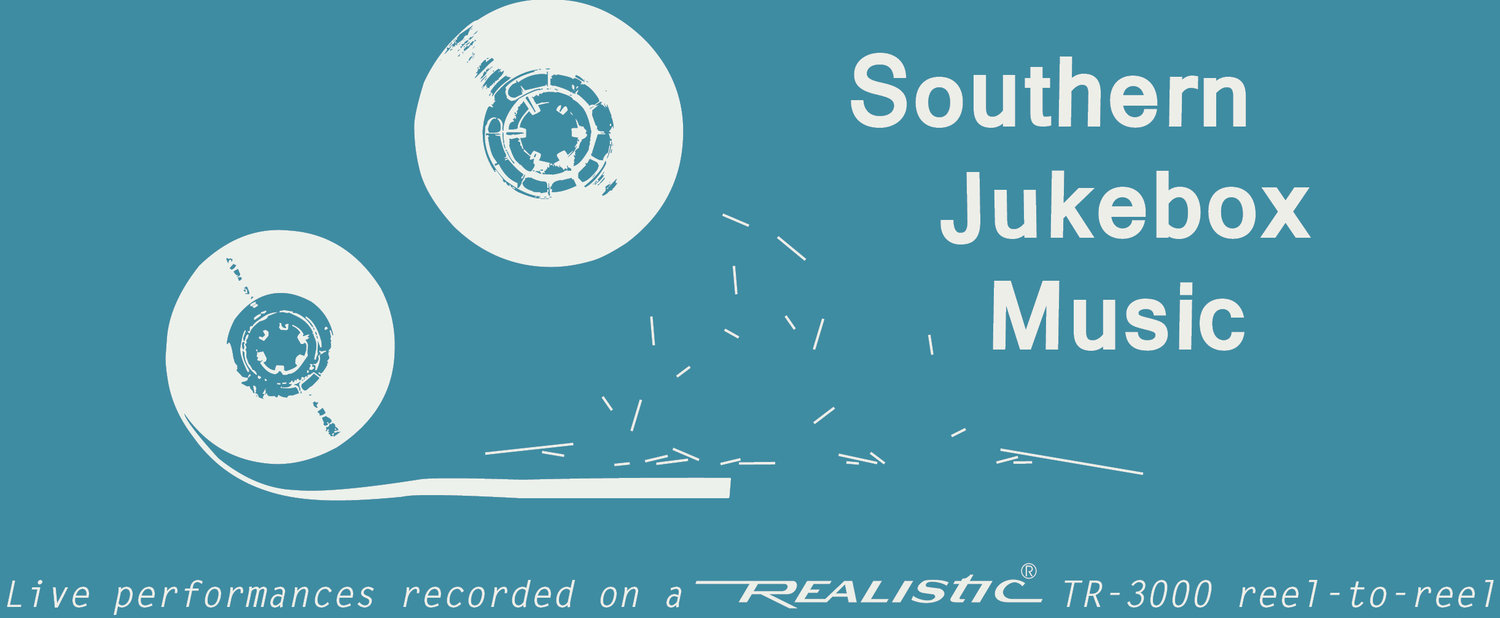Glenn Jones, 10.9.18
Almost a whole year ago Glenn Jones came through Minneapolis. I remember it felt like the first real day of fall—cold, gloomy, and a little rainy. He played largely from his latest album The Giant Who Ate Himself and Other New Works For 6 & 12 String Guitar; however, he opened this set with two as-of-now unrecorded songs, and I was thrilled that he said it was alright to share them here. Novelty of being new aside, they were my favorites among everything he played.
The first is a bit of a downer rag, until gradually the clouds dissipate into a sunny chorus section. The second is a stark banjo ode to a friend that vines its way around several beautiful motifs—the classic Glenn Jones sort, that he seems to have in ample supply.
The familiar material was no straight recital of the record, though. Glenn mused that sometimes he doesn’t really get to know a song until after he’s recorded it. You can definitely hear this in the slow intro of The Giant Who Ate Himself, giving a certain stride to the main lick when it comes in that is absent in the studio version.
I sat on this recording for almost a year, as other things came up and I couldn’t get ahold of Glenn for a bit, but now I’m thrilled to finally share it. There’s something about solo acoustic guitar that sounds better than anything on tape. The whole reason I started this venture was because of how thrilled I was with how Rob Noyes and Alexander’s solo sets worked out, and I’m thrilled to have another guitar wizard in the mix.













